Watch: Brackets, commas and dashes
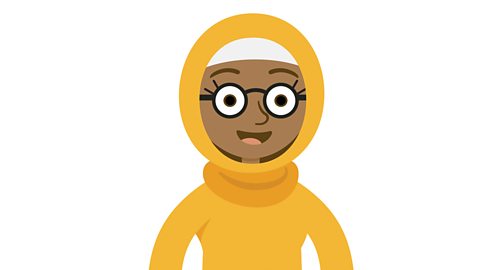
When we're writing, we can add extra words to a sentence to give more information or explanation.
We call the extra words that have been added a parenthesis.
Brackets, dashes or commas (punctuation that we use to help us add those extra words) are sometimes called parentheses. Notice the slight difference in spelling.
Watch this SuperMovers video to learn more about this. If youâre feeling energetic, get up and join in with the song!

Learn about brackets, dashes and commas with this SuperMovers clip.
Why do we use parenthesis?

Parenthesis can also show words that have been added to a sentence as an âafterthoughtâ â something you maybe didnât intend to say at first, but decided to add later to help you explain something.
Read through the information below on how brackets, dashes and commas are used for parenthesis, and to see further examples.

Brackets
Brackets are a useful form of punctuation and look like this: ( )
They always come in pairs and are placed around extra information that has been added to a sentence.
Brackets allow you to start writing about something, then to break off for a moment to add in some extra information related to what you're saying, and then to go back to finish what you had started to write.
Find out more about using brackets in this video.
Find out when to use brackets.
An important point is that if you leave out the words in a sentence that have been placed in brackets, your sentence should still make sense.
Compare these two sentences:
Albert the alien (who had no training) was in charge of the wrecking ball.
Albert the alien was in charge of the wrecking ball.
The extra information '(who had no training)' has been removed in the second sentence, but it still makes sense when we read it.
Top tip!
- Adding information in brackets allows us to add an explanation or description, to make something clearer.
Dashes and commas
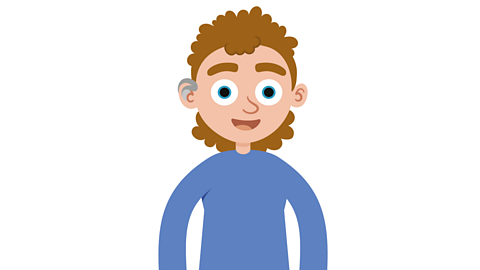
Instead of a pair of brackets, you can also use a pair of dashes (â â) or a pair of commas (, ,) to add extra information to a sentence.
Like brackets, these always come in pairs and are placed around the extra information added to the sentence.
Look at these examples, the first with commas and the second with dashes:
Albert the alien*, who was feeling hungry,* went for his lunch break.
Albert the alien - and he was shocked to discover this - had left his packed lunch at home.
They both work in a similar way to brackets:
Albert the alien (annoyingly!) had to go all the way back to this home planet to get his lunch.

Top tip!
- Use brackets when you want your parenthesis to stand out clearly and it comes with its own extra punctuation, such as an exclamation mark.
- Use dashes when you want your writing to sound more chatty and informal.
- Use commas, when your writing is more formal and you haven't already used lots of commas in your sentence - adding a parenthesis with even more commas could make your sentence look messy!
When to use commas, dashes or brackets
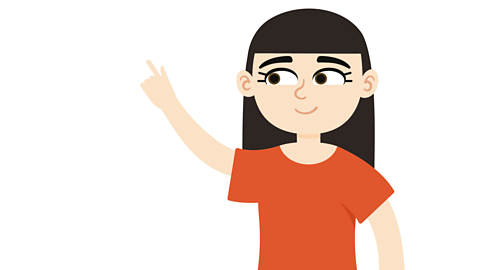
We punctuate parenthesis in different ways for different reasons. For example:
Commas are used here as the parenthesis is important to the sentence:
- The lion, who has sharp teeth, ate his dinner.
Brackets are used here as the parenthesis isnât important to the sentence:
- The lion (with a fluffy mane) ate his dinner.
Dashes are used here as the parenthesis is informal:
- The lion â who wasnât very cool â ate his dinner.

Activity 1
Have a go at this activity - can you highlight the words that should be in brackets?
Click on the activity to begin.
Activity 2
Now try this quiz to test your skills in using brackets, dashes and commas correctly for parenthesis!
Activity 3
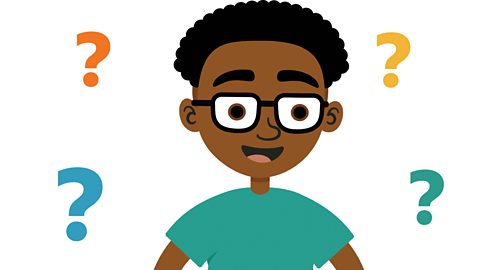
Look at the sentences below that have come from different books.
Unfortunately the authors of the books have forgotten to show where the parenthesis is supposed to be!
When you read the sentences, try to work out which information could be taken away but not change the meaning of the original sentence. This will help you to spot where the parenthesis should go.
Re-write the sentences and add brackets, dashes or commas to show parenthesis and make the writing completely clear.

1. Add brackets to the sentences beneath the book titles to show parenthesis.
One has been done for you as an example.
Blue Whale Ocean by C. Greene
Blue whales like human beings are warm-blooded mammals.
Blue whales (like human beings) are warm-blooded mammals.
How to be great by I.M. Bigheaded
I always find any challenge super easy a fact that not everyone realises because I'm just the best.
2. Add dashes to the sentences beneath the book titles to show parenthesis.
Tower of Terror by I.C. Shivers
"We've been walking and we are definitely lost by the way for hours!" wailed JJ.
Play the guitar and go far by U.R.A. Pro
Make sure you tune the strings something you should do daily before you play.
3. Add commas to the sentences beneath the book titles to show parenthesis.
Albert the Alien by Anne Dromeda
Albert carefully and thoughtfully checked his star map.
Be the best at broadcasting by T.V. Skills
One of the stars of the show a really famous singer was always late for rehearsals.
You can check your answers on this .
Play our fun English game Crystal Explorers. gamePlay our fun English game Crystal Explorers
Use grammar, punctuation and spelling skills to explore jungles, caves and tombs on your mission!

More on Punctuation
Find out more by working through a topic
- count1 of 12

- count2 of 12
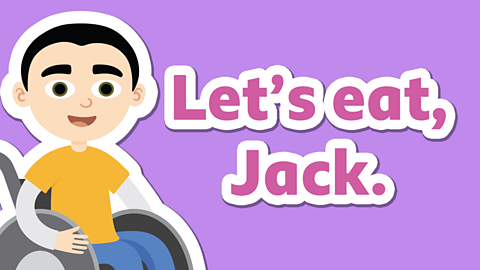
- count3 of 12
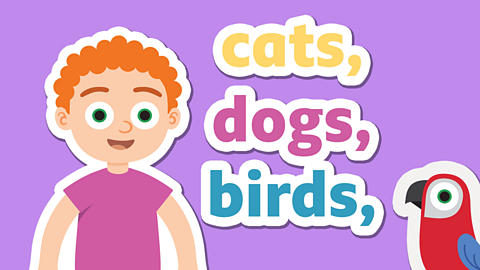
- count4 of 12
